"Nha Be water flows in two
Whoever goes to Gia Dinh, Dong Nai, then go".
The folk song has been passed down by word of mouth since the time when Nha Be was just a folk name for the place where merchants used to anchor their boats, build rafts and hold markets on the river until Nha Be became an administrative place name in the early 20th century until now.
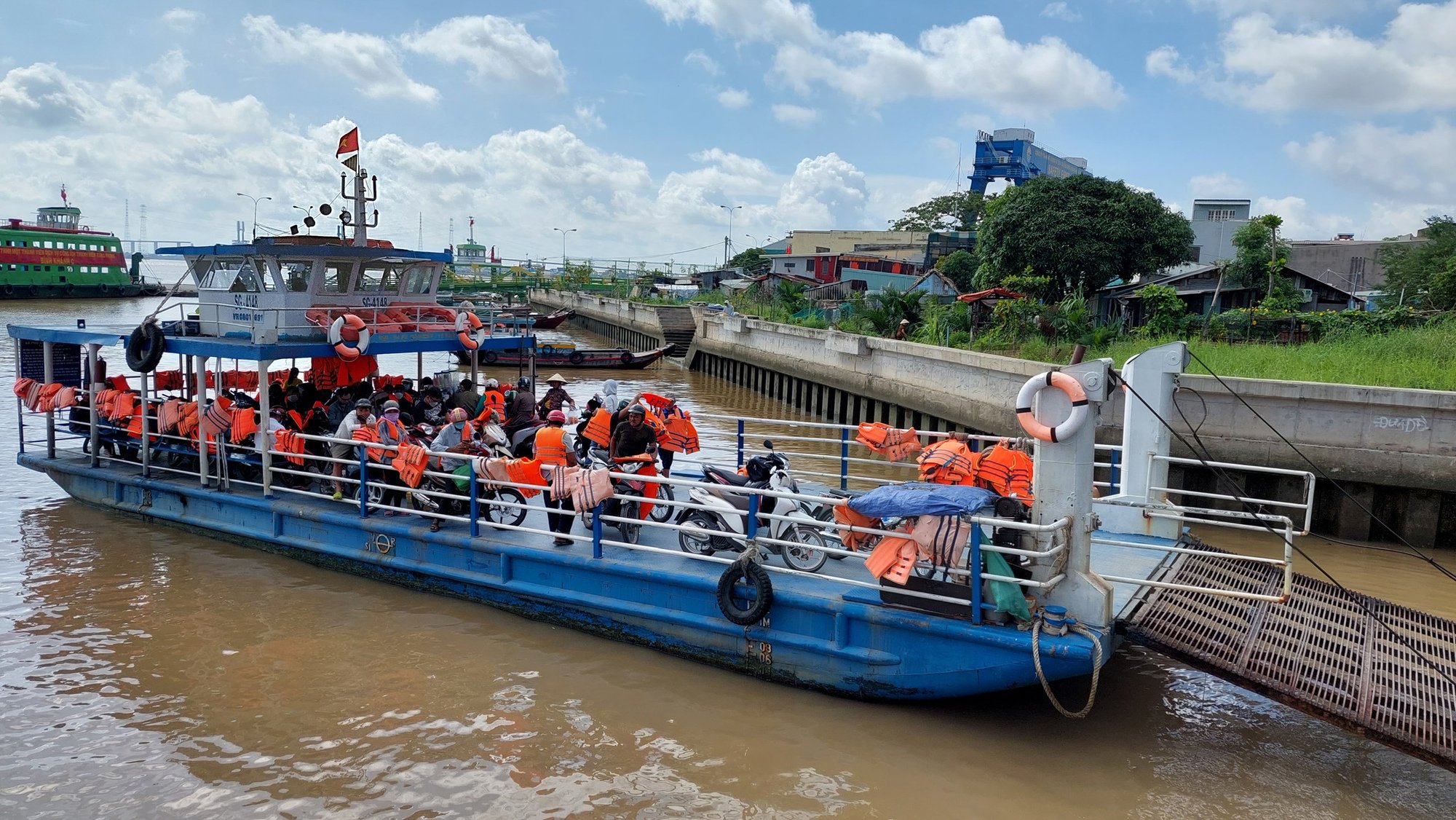
Phuoc Khanh ferry terminal at Nha Be cape
Find the past, know the present
Living in the largest city in the country, the source of tourists for a long time, the people of Nha Be (HCMC) have only started welcoming and serving tourists for about a year. They are still confused, and in their confusion, they exude the simplicity of suburban people.
The road from District 7 to Nha Be District is connected by three major roads: Huynh Tan Phat, Nguyen Huu Tho and Le Van Luong. Huynh Tan Phat Street extends to the point of land that juts out to the Soai Rap River, which locals call Nha Be Cape.
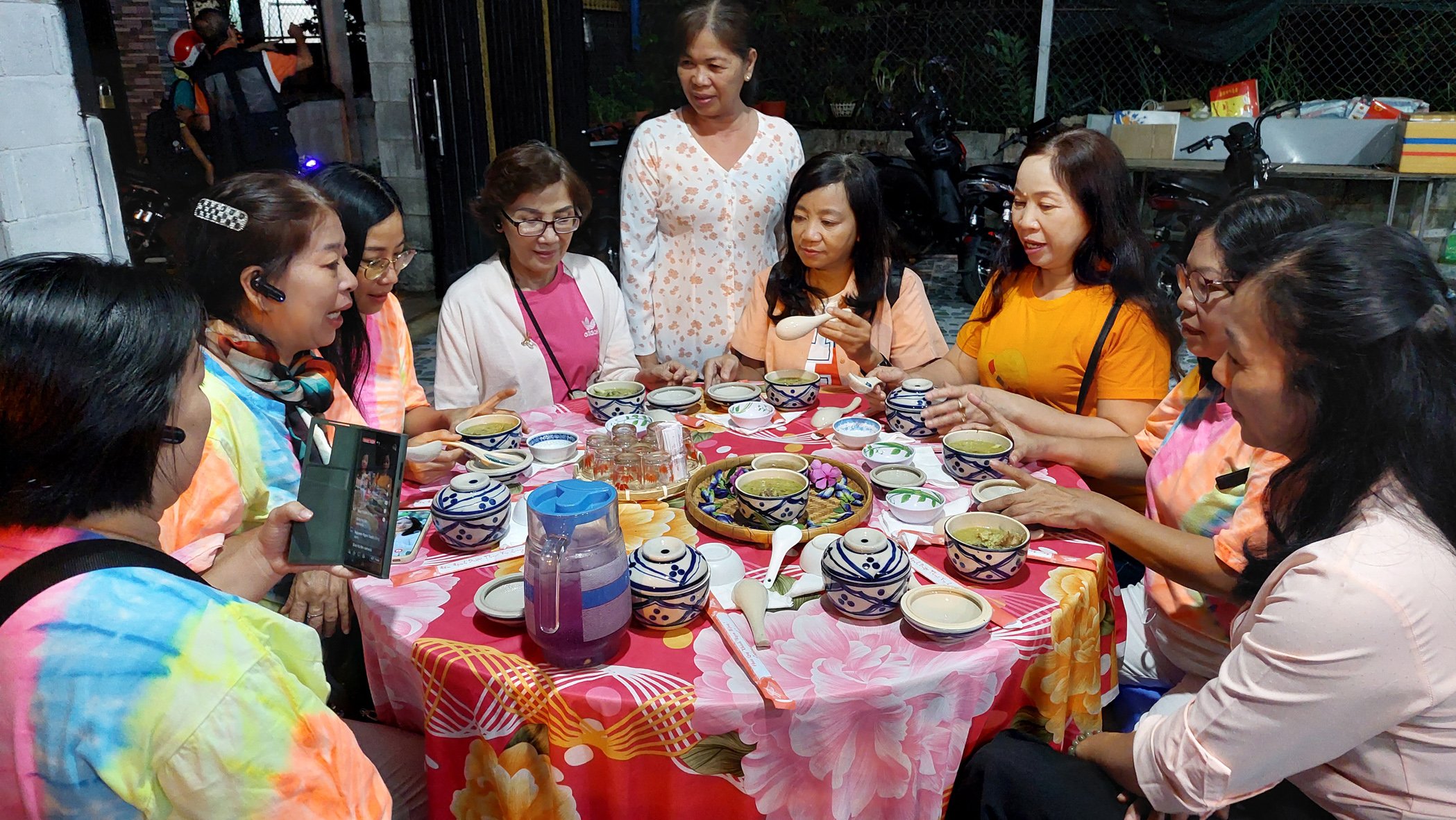
Ms. Kim Lan invited guests to enjoy rice porridge.
Stopping at the end of Huynh Tan Phat street, arriving at Phuoc Khanh ferry, only 200m from Binh Khanh ferry pier (to Can Gio), we boarded a boat to see the place where the river is said to "split in two".
We were explained about the place name according to Trinh Hoai Duc's records in the book "Gia Dinh Thanh Thong Chi". Around the first half of the 18th century, many residents of the North went by boat along the East Sea upstream, near the confluence of three large rivers, and gathered on the river to rest. At that time, the population here was sparse, the boats were narrow, and it was very difficult for merchants to cook. A rich man in Tan Chanh commune, Vo Thu Hoang, tied bamboo together to make rafts, built temporary houses, and prepared enough cooking utensils for guests to use without having to pay. Later, many people also built rafts to trade and exchange goods, forming a raft market on the river, so this place was called Nha Be by the people.
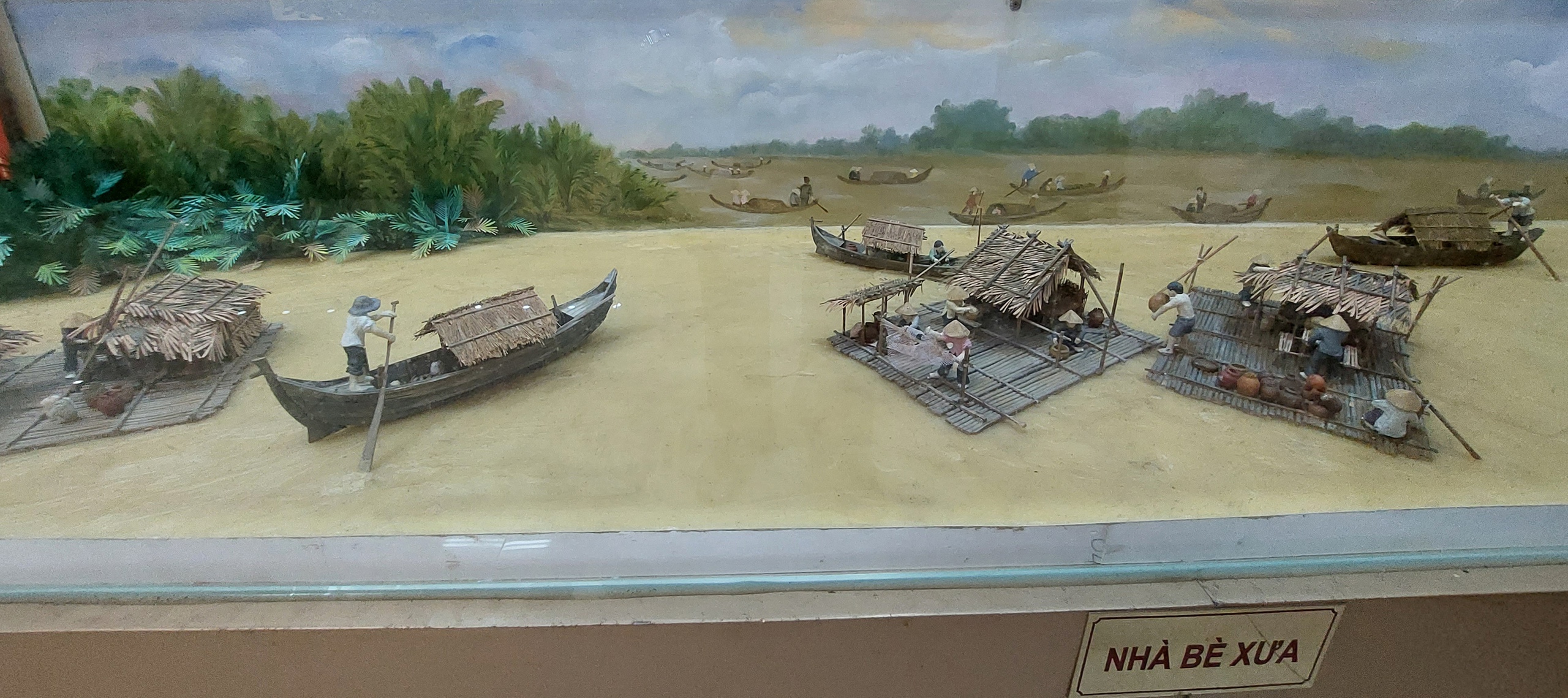
Floating rafts can be built on the river for visitors to experience.
That is how the place name was born. However, the location where the river "splits in two" still has two parallel explanations.
Some people believe that Nha Be used to be a large area including District 7 and Nha Be District today, where merchants used to set up rafts to trade, because that is where the Dong Nai River and the Saigon River converge. If a boat from the sea or a merchant boat from the Mekong Delta comes up and enters the Nha Be River, when arriving at Mui Den Do, you will see the intersection of the Saigon River - Dong Nai River - Nha Be River. People can go to Saigon - Gia Dinh along the Saigon River, or go to Dong Nai along the Dong Nai River.
Others believe that the place where Nha Be River splits in two in the song is at Phuoc Khanh ferry, because here Nha Be River splits into two branches: Long Tau River goes towards Nhon Trach district, Dong Nai province and Soai Rap River goes towards Nha Be district.
Regardless of the explanation, Nha Be district is located at an important waterway connection from the East Sea to Ho Chi Minh City, along with a system of canals and ditches connecting the waterway from the Mekong Delta.
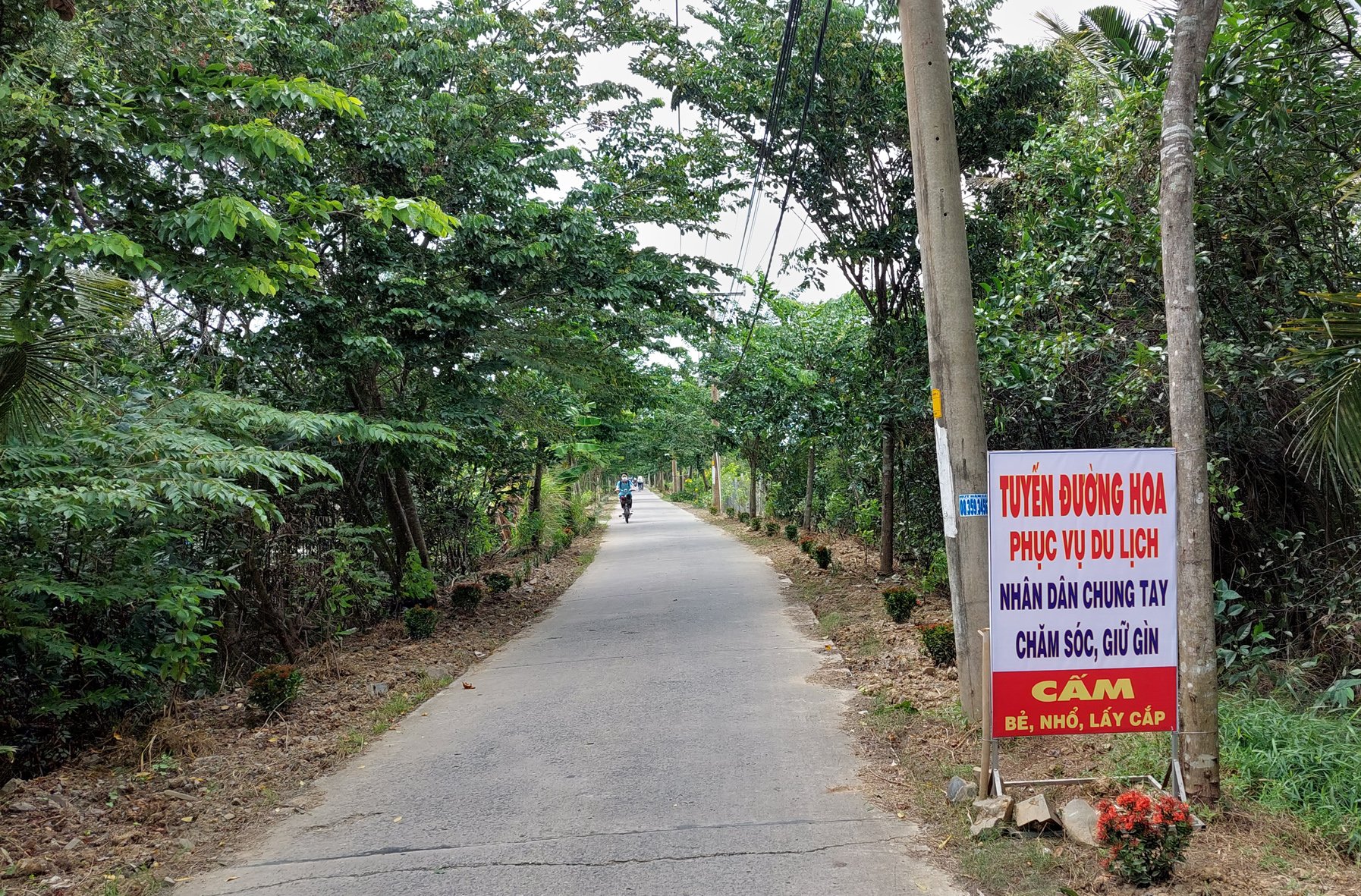
Flower route planted by local people
Having been to Nha Be many times for work, I have only come to Nha Be as a tourist now to see if there are any other "vibrations".
Our boat followed the Soai Rap River, which embraces the eastern side of Nha Be District. Near Nha Be Cape is Ngu Hanh Temple, which has a side gate on the Soai Rap River embankment, near ferry pier number 9, and the main gate is from Huynh Tan Phat Street in Phu Xuan Commune. Ngu Hanh Temple is also known as Ba Chau Doc 2 Pagoda, because in the temple grounds there is a shrine to Ba Chau Doc An Giang, where many people come to pray for prosperity in business.
Approaching Long Thoi commune, sitting on the boat, we clearly saw Binh Khanh bridge, part of the Ben Luc - Long Thanh expressway project under construction. When completed, the Ben Luc - Long Thanh expressway will help shorten the inter-regional travel time between the Western region (via Long An) and the Southeast region (via Dong Nai) without having to transit through Ho Chi Minh City.
That said, Nha Be also has advantages along this future road route, because the Ben Luc - Long Thanh expressway intersects at the Binh Khanh bridge over the Soai Rap river, connecting with Highway No. 1 - Hiep Phuoc Industrial Park.

Pick up guests at Hiep Phuoc ferry terminal
The boat gradually drifts towards Hiep Phuoc commune, which is the pride of turning the swamp into an industrial park of Nha Be district. On the river, ships go up and down to transport goods to the piers to the factories or ships bring goods to and from Hiep Phuoc port.
Speaking to us as a tourist, Mr. Vo Phan Le Nguyen - Vice Chairman of Nha Be District People's Committee - said that in addition to continuing to develop into an industrial - logistics center, the district is inviting investors to exploit and develop tourism based on the rivers and canals and peaceful countryside roads that Nha Be wants to retain the characteristics of the suburbs to attract tourists.
To attract tourists, Nha Be itself must answer the question: What should visitors do, eat, and buy as gifts to have enough impression of Nha Be?
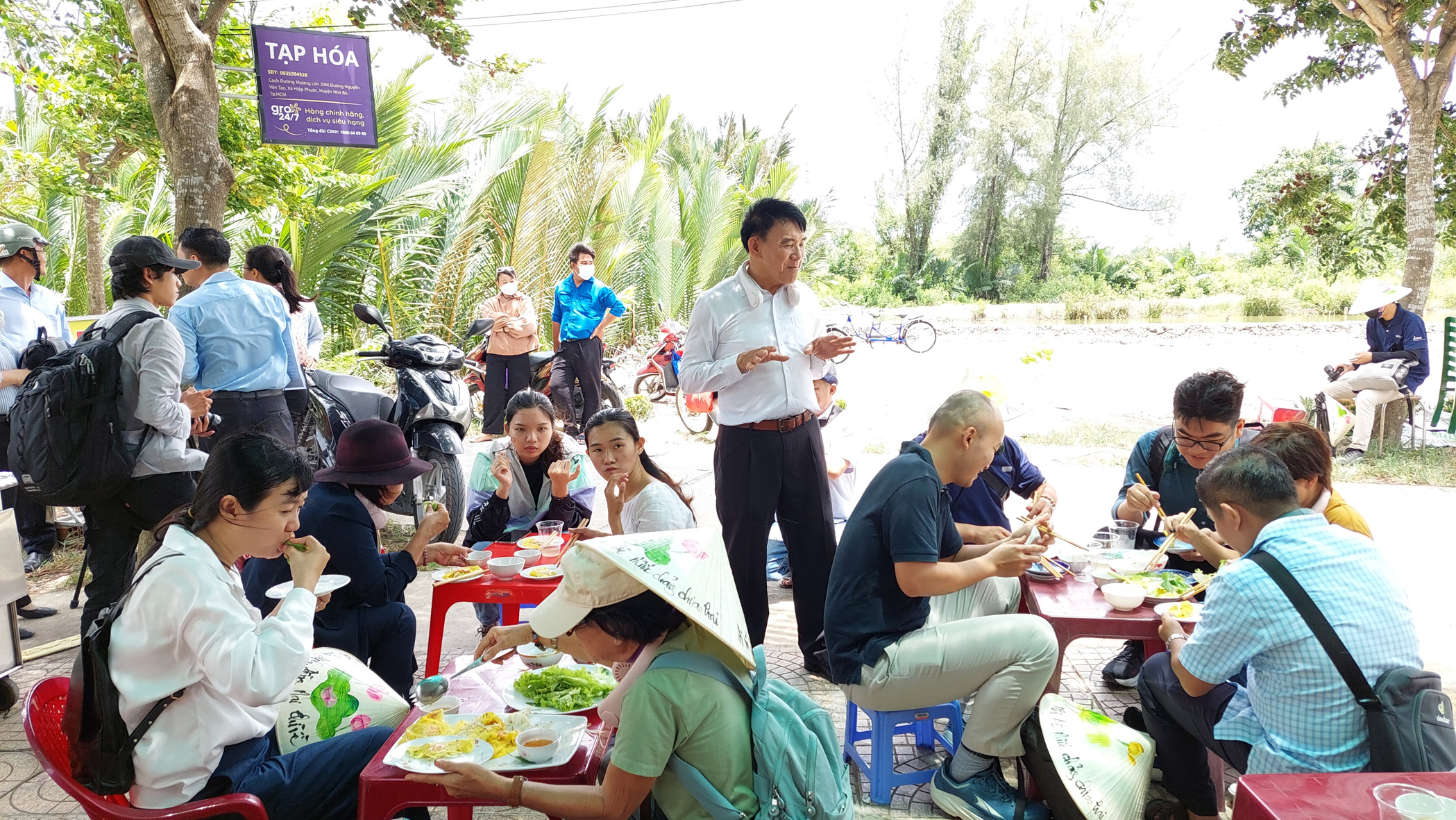
Stop on Giang Huong street to enjoy silver shrimp pancakes
On the country roads
The boat docked at Hiep Phuoc ferry, young people in the district welcomed the passengers, giving them conical hats with the song "Nha Be water flows into two/ Whoever goes to Gia Dinh, Dong Nai, go".
People cycle along the "flower route" for tourism, planted and cared for by local people. The flower trees are still short, but the two rows of tall rosewood trees provide shade, making visitors feel cool and comfortable with the countryside atmosphere. This village road is named "rosewood road" by the people working in tourism, connecting to Lien Ap 2-3 road.
We stopped at Dang Thi Mai's grocery store to eat banh xeo with silver shrimp. Ms. Mai said she had just been "tricked" into doing tourism, so even though she had prepared dishes, chopsticks, spoons, napkins, and just fried the pancakes and brought them out to the guests, she still felt awkward. Well, everyone just ate well to know the sweetness of the silver shrimp from Nha Be River, and as for the attentive service, she would continue to learn to do it better in the future. Such sincerity, how could you find fault!
Tourism that wants to attract visitors must have its own identity and difference. Nha Be is like a blank sheet of paper for tourism that is gradually being painted with unique images of history, geography, culture and cuisine.
Many river products here are unique, perhaps due to the characteristics of the brackish water area, plus the way of processing and eating each type of shrimp, crab, fish, frog with vegetables and fruits that grow naturally, creating dishes unique to Nha Be. For example: braised red goby fish in a clay pot with fragrant, fatty coconut rice; plump, full-bodied female crab with two shells, full of roe, the meat in the two claws is firm; sour and astringent guava fruit blends with locally made crab fish sauce; crab salad to sip with cordyceps wine; stir-fried young frogs with leaves; turmeric stewed lich; octopus dipped in banyan vinegar; catfish caught in Cay Kho canal cooked in hot pot.
Strange dishes are still found in families in Nha Be and are passed down as local traditional dishes. Guests of Nha Be people have always been family members or close friends coming to visit. In all our lives, we have never heard the words "tourists"! When welcoming family members or regular guests, we make something delicious to treat them, and honestly, we do not think of it as a delicious or strange dish. When studying tourism, Ms. Thu Thuy and Ms. Kim Lan (living in Hiep Phuoc commune) just learned that Truong Da noodles, Congee, and Dipping Sauce are strange dishes. When we mentioned it, guests would ask and demand to eat it.
Because of the two dishes, Truong Da noodles and Congee, which made us curious and wanted to try, we continued to have an evening exploring Nha Be.
If the Nha Be tourism picture being painted has the scenery of rivers and green village roads during the day to soften the rigid image of an industrial park - port, then at night, the picture is supplemented with "country quality" that has not faded through every corner of the night filled with the fresh scent of fields and wind and the harmonious sounds of frogs, insects, and trees that cannot be found in the inner city.
That evening, a group of teachers from District 3 also came to Nha Be to experience "Rach Trang 16 Village". We saw the spirit of wanting to do tourism in Hiep Phuoc commune when at least 2 people dedicated a large area of land to create a space of "clear moonlight and cool breeze" and a "night village by the river" for visitors to freely check-in.
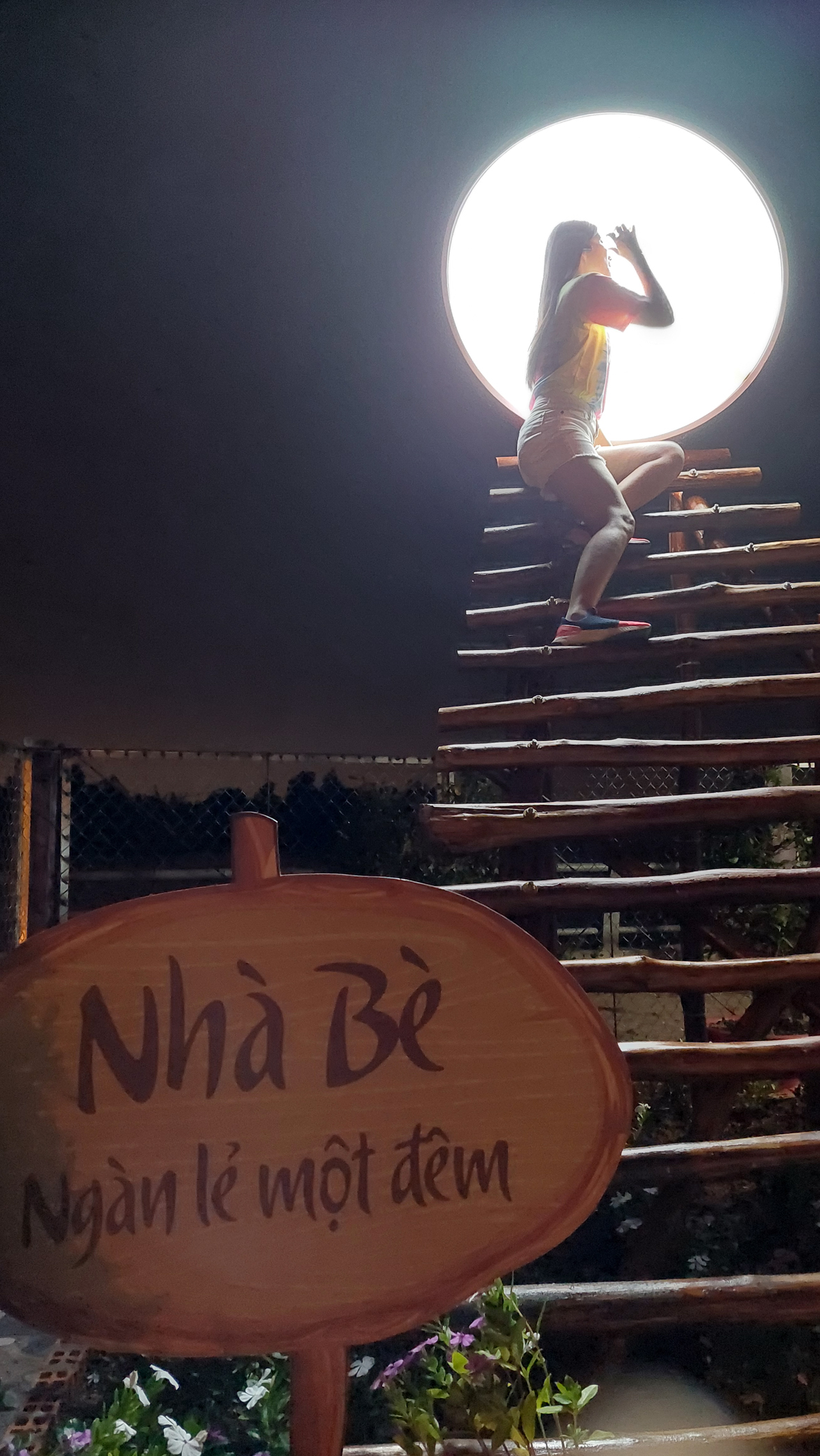
Cool moonlight space
Promote potential
With the mindset of experiencing a place that is in the testing phase of welcoming visitors, and understanding the desire of the people to put Nha Be on the tourist map of Ho Chi Minh City, we did not ask for much. However, what we experienced from morning to night in Nha Be can show that this suburban district is worth being an attractive destination if there are more highlights associated with the history and culture of the locality.
Floating rafts can be restored on the river to serve as a place for boat passengers to experience a floating market, even with a self-service kitchen like in the stories of the pioneering period of this land that they have heard.
Although there are not many farmers left, the communal houses in Nha Be still hold three annual festivals to pray for peace and prosperity for the village: Ky Yen festival on February 16; Ha Dien festival on May 16; Cau Bong festival on September 16 of the lunar calendar. These festivals are an opportunity to introduce local culture, enriching the experience for tourists.
The waterway in Nha Be is quite convenient for boats to move, but Nha Be is in a situation where there is a river but there is a lack of boats, docks, and waiting rooms that meet the standards to receive passengers. If the system of ferry piers, inland waterway docks, and waiting rooms in Nha Be is quickly implemented, investors in tourist boats will start receiving passengers faster and in greater numbers.
There will be 3 customer groups
Mr. Phan Xuan Anh, Director of Nhieu Loc Boat Company Limited - who has many years of experience in welcoming foreign tourists on cruise ships, commented: "We hope to work with the locality to invest in the necessary conditions to bring tourists to enjoy Nha Be from the river to the village road. If Nha Be is determined to develop tourism, there will be 3 groups of visitors: Ho Chi Minh City residents who like to travel by water, like the peaceful natural scenery; domestic tourists coming to Ho Chi Minh City and international tourists who want to enjoy a space different from the city".
Source


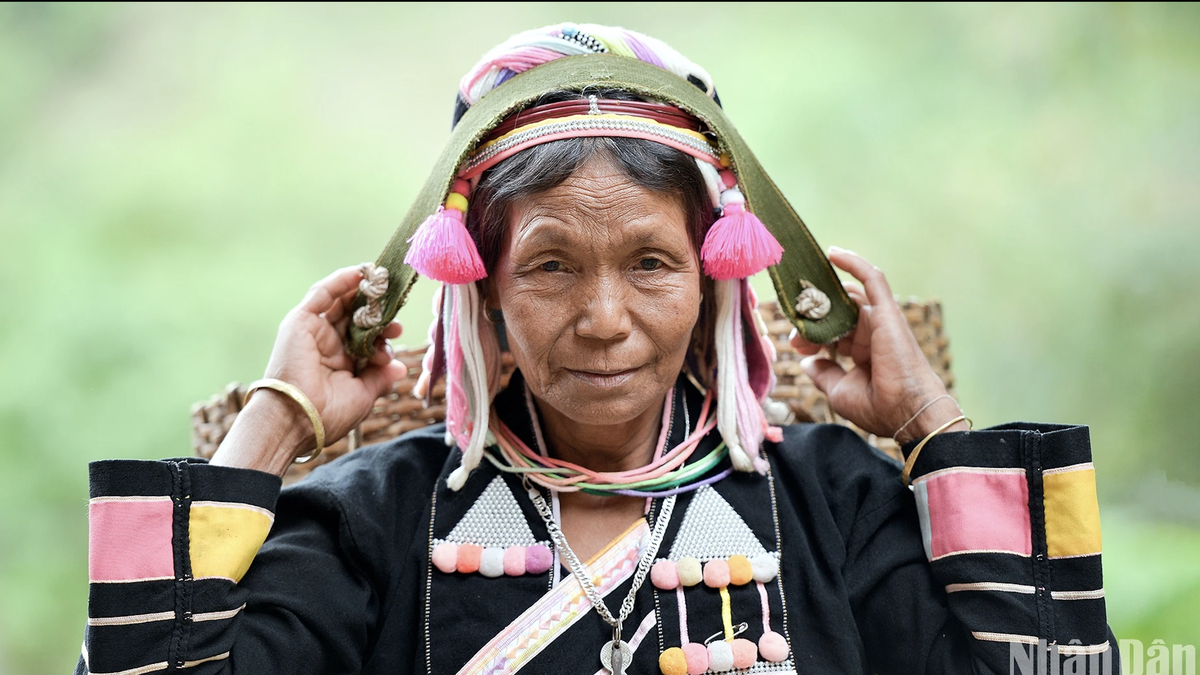

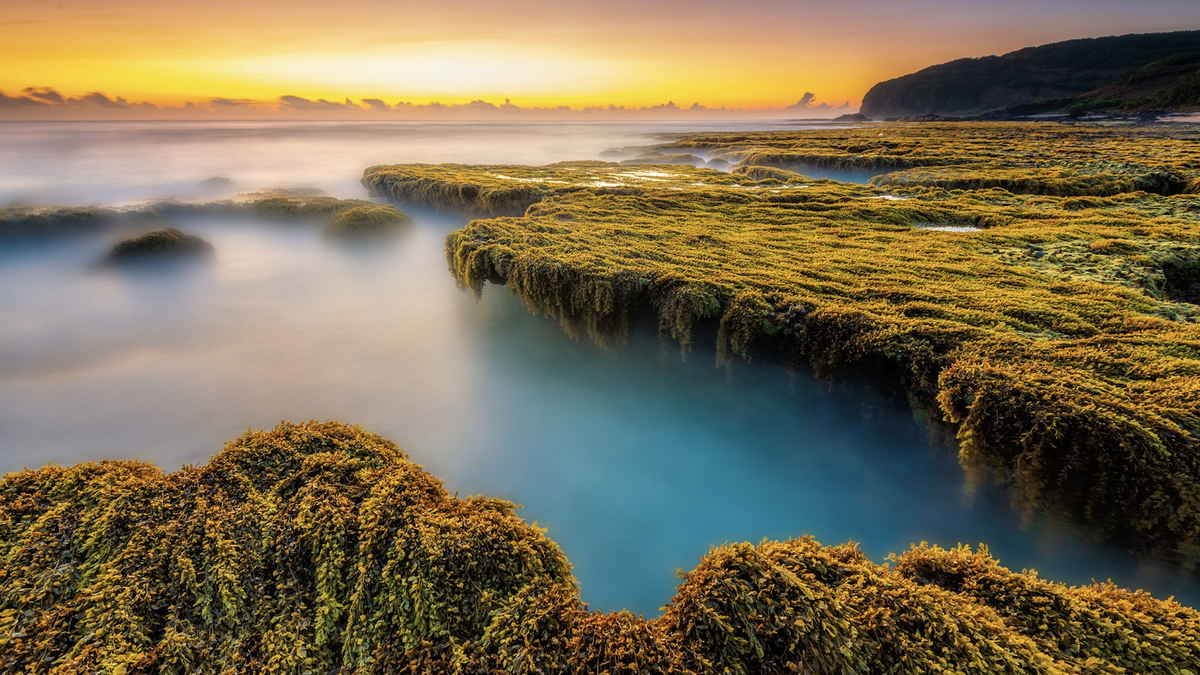
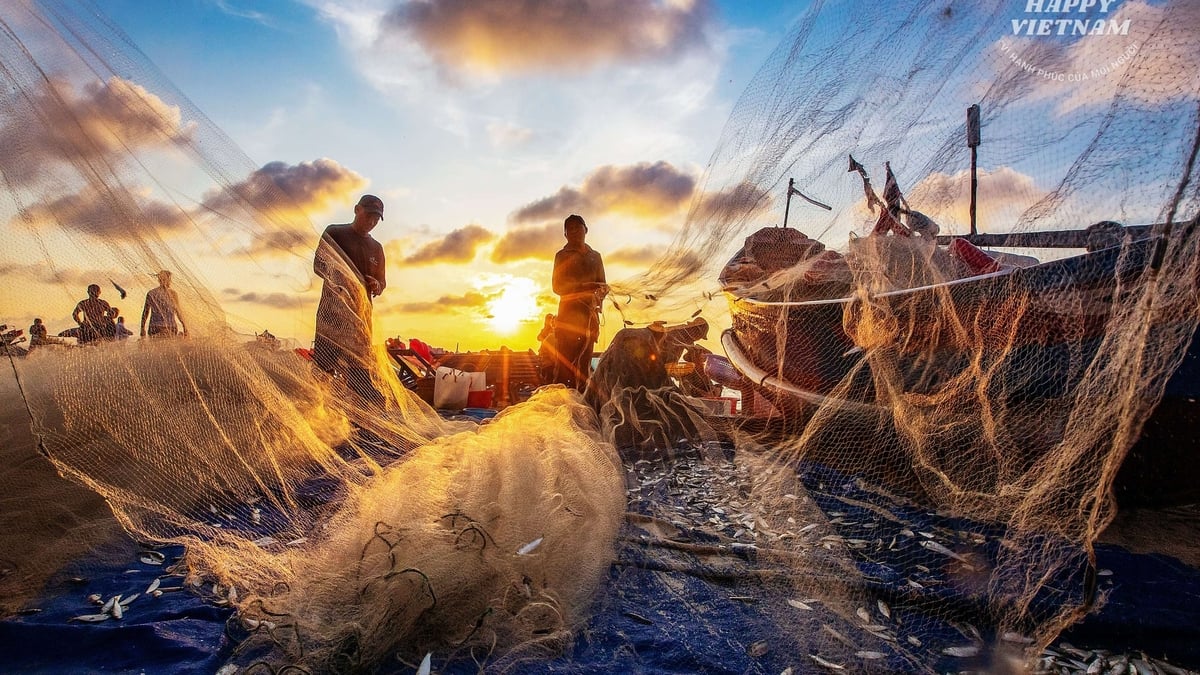
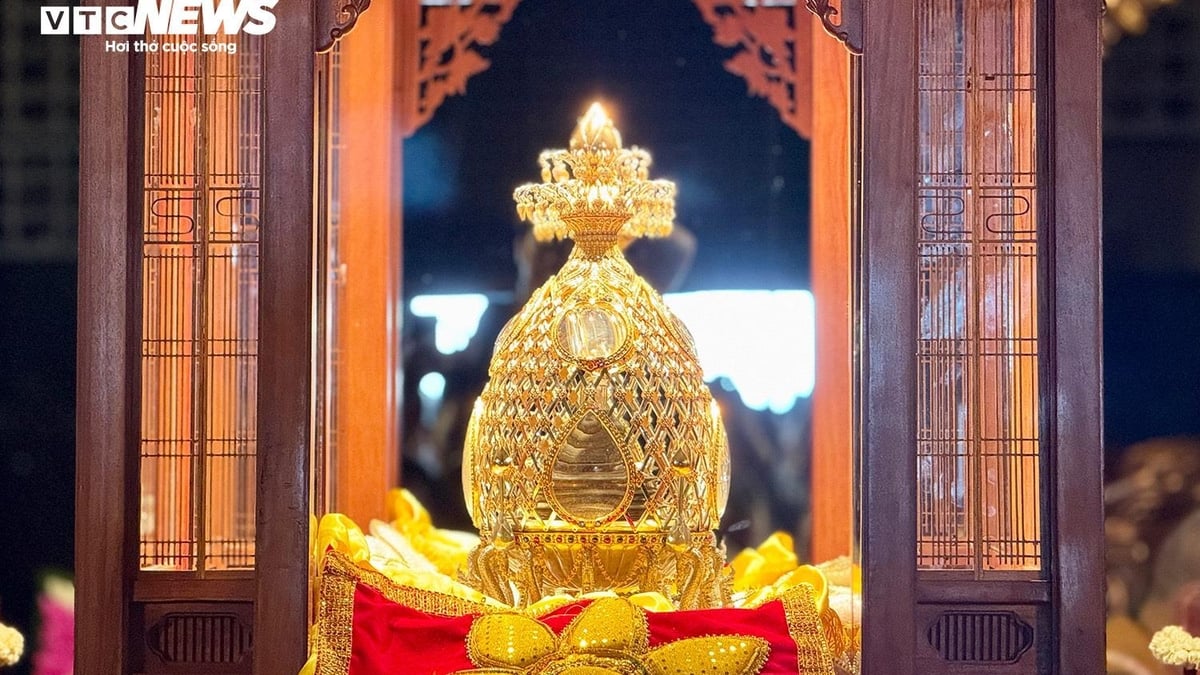
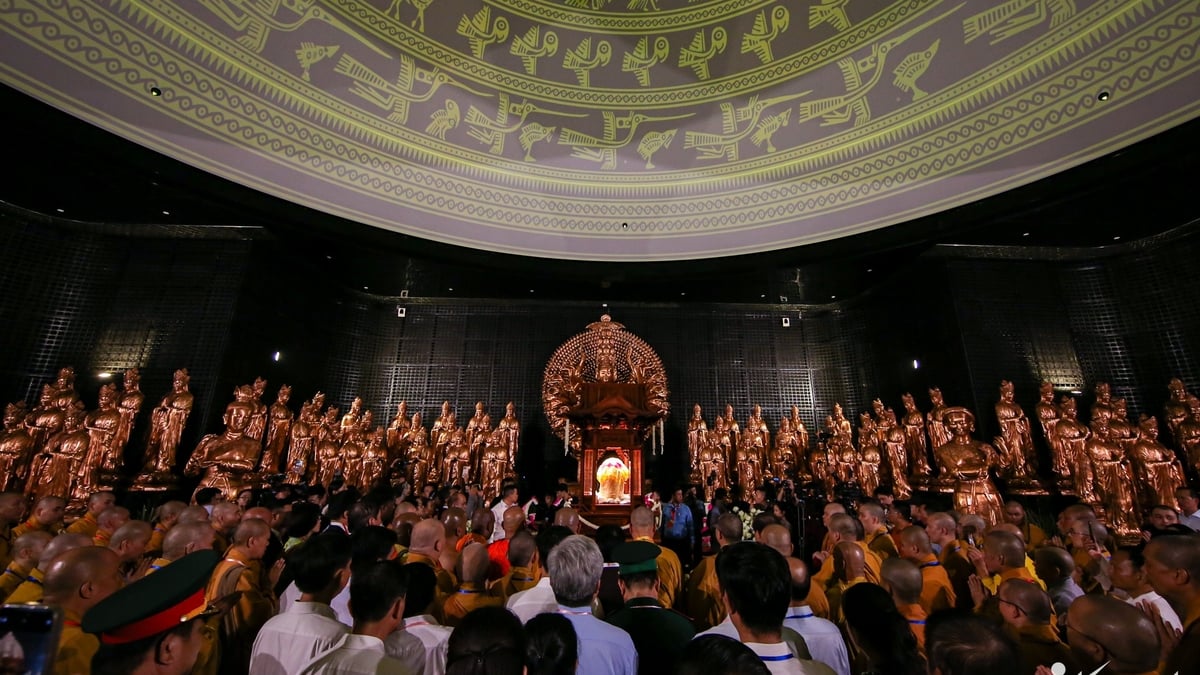


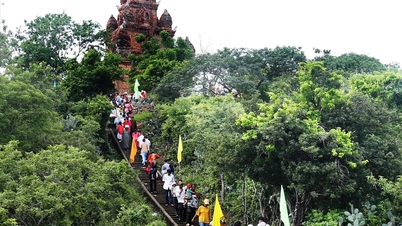

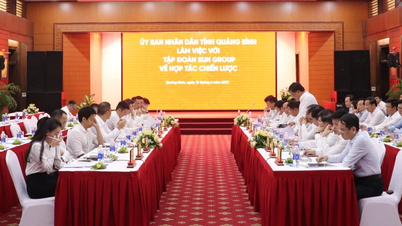

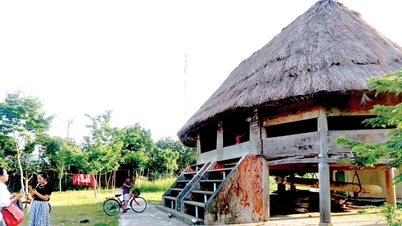



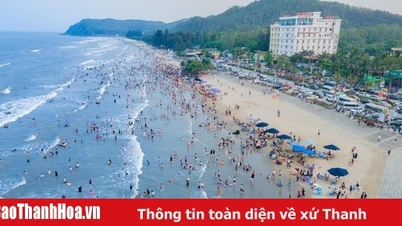

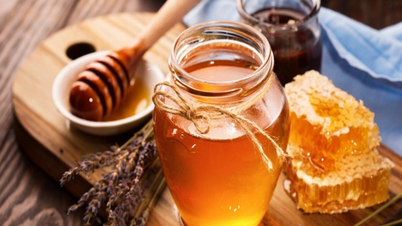
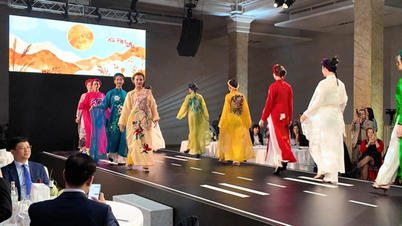
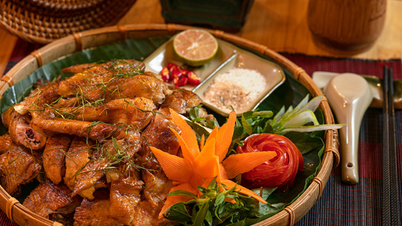
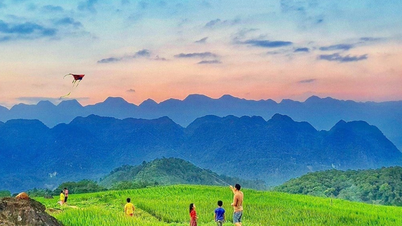
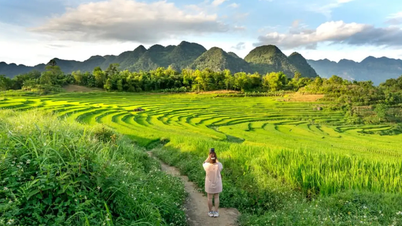








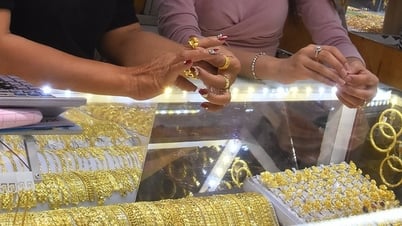


![[Photo] General Secretary To Lam begins official visit to Russia and attends the 80th Anniversary of Victory over Fascism](https://vphoto.vietnam.vn/thumb/1200x675/vietnam/resource/IMAGE/2025/5/8/5d2566d7f67d4a1e9b88bc677831ec9d)
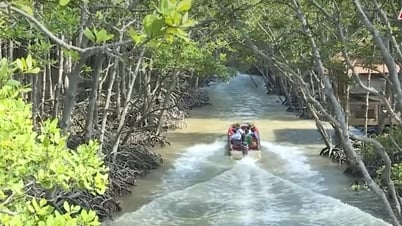









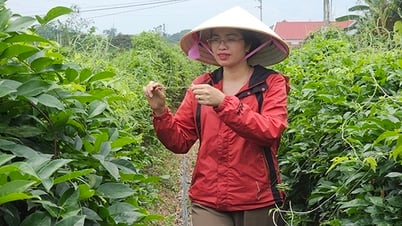

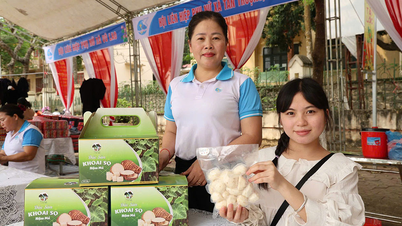


















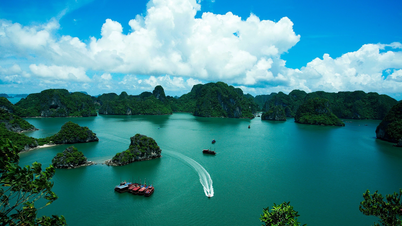






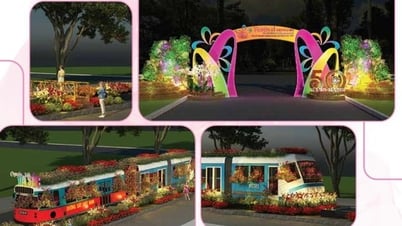

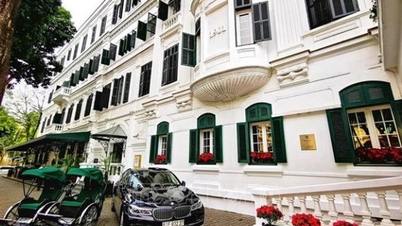


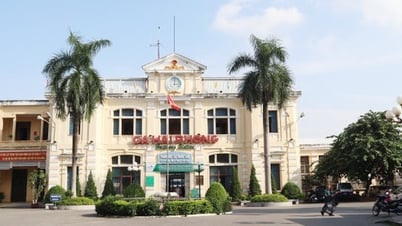
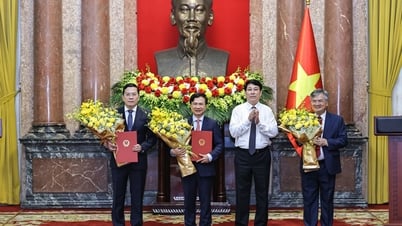

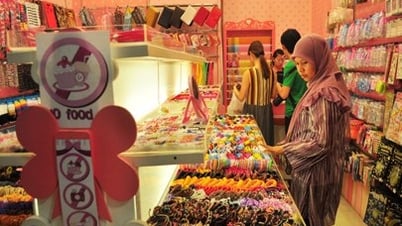

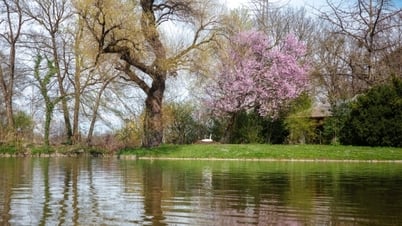

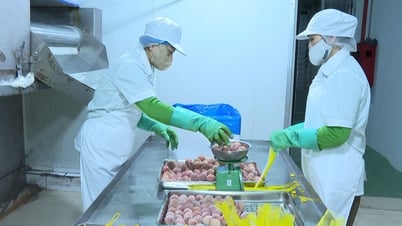

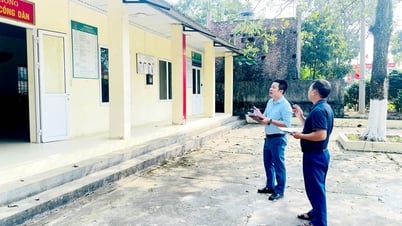

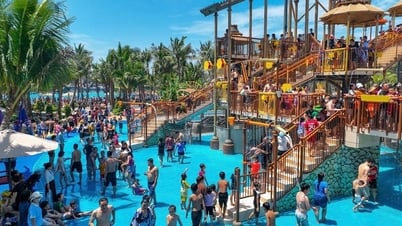


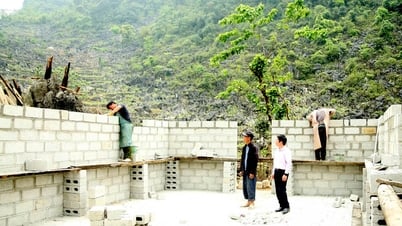










Comment (0)